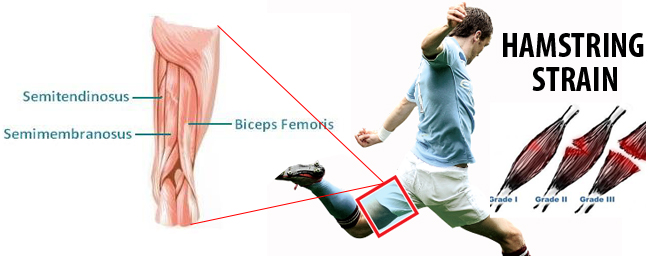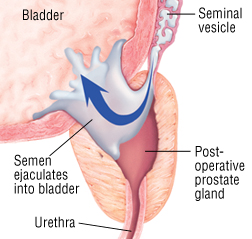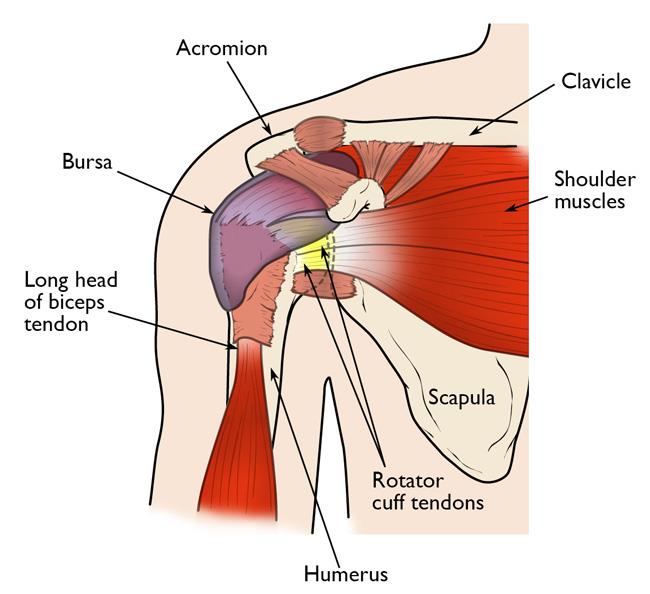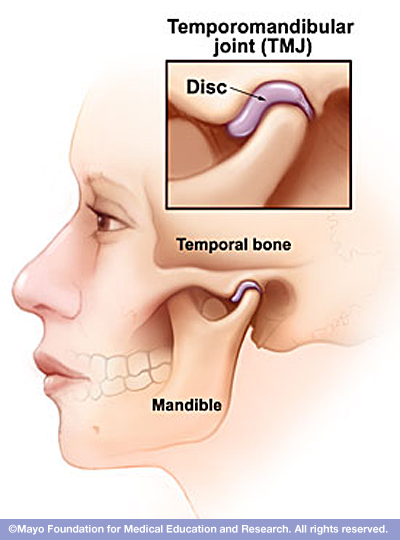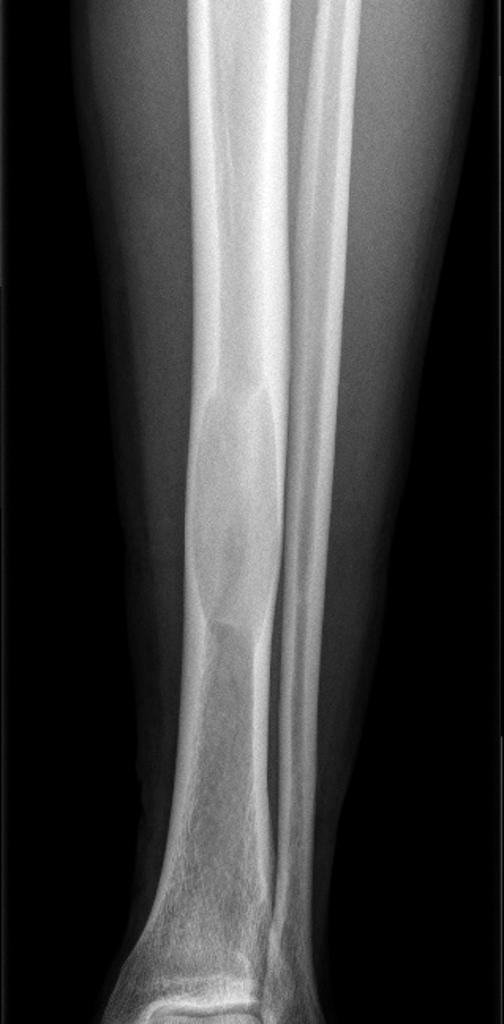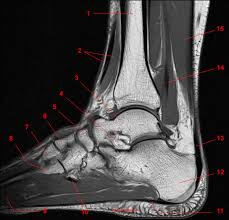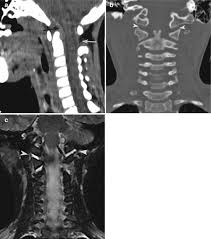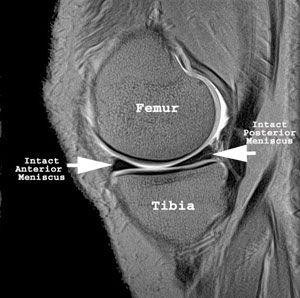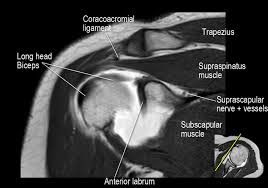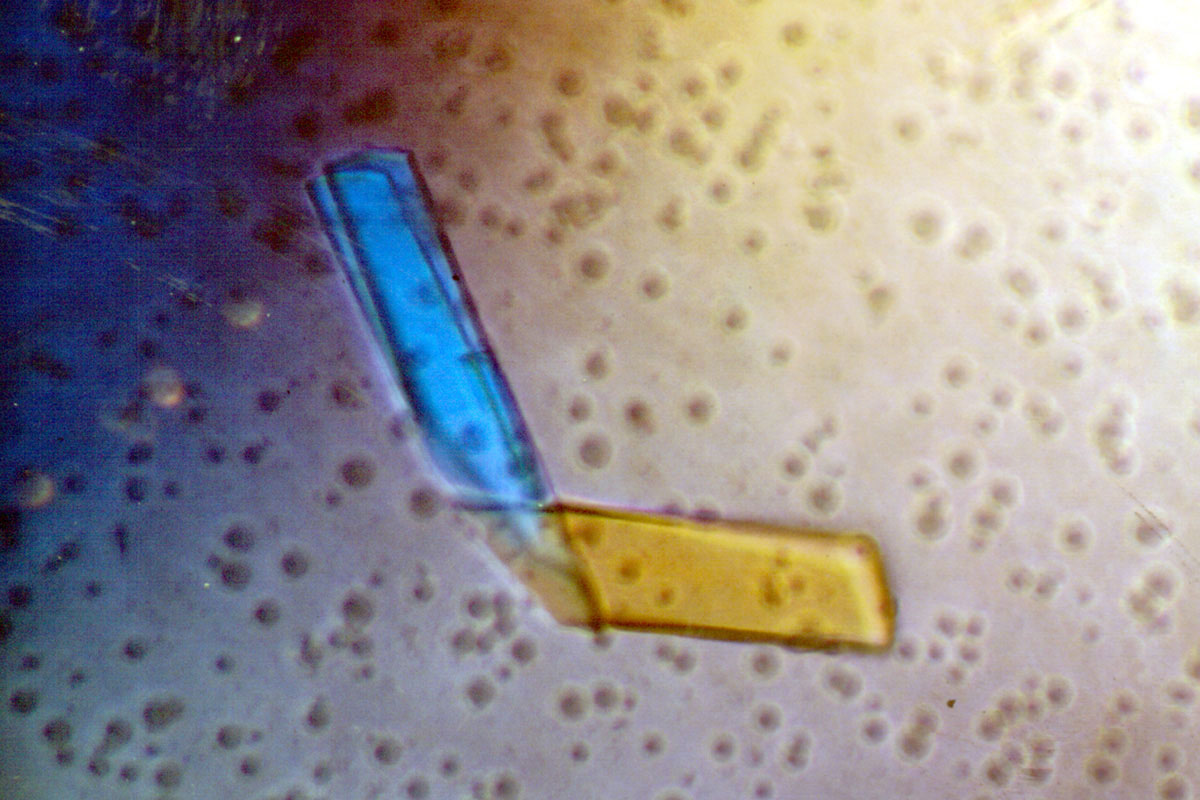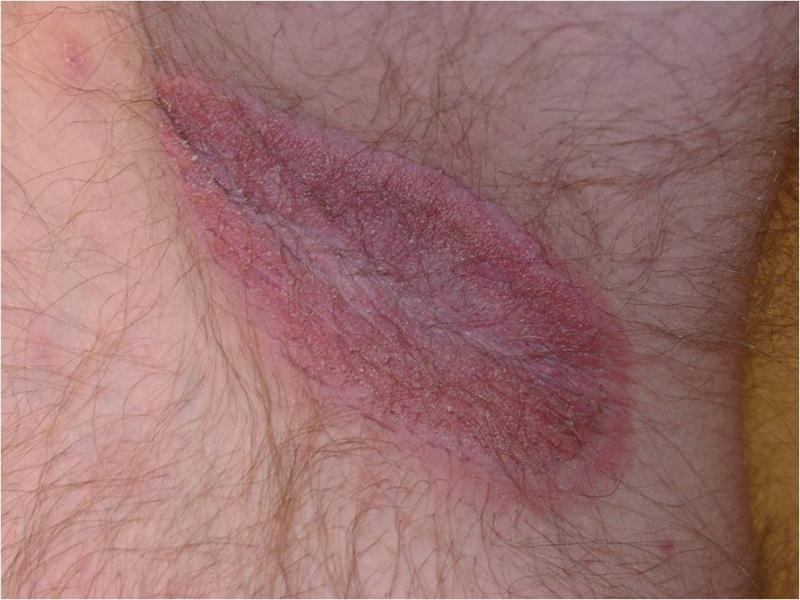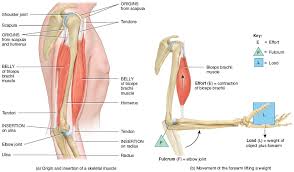The hamstrings are the tendons that attach the large muscles at the back of the thigh to bone. The hamstring muscles are the large muscles that pull on these tendons. It has become common in layman's terminology (and by some medical personnel) to refer to the long muscles at the back of the thigh as the "hamstrings" or "hamstring muscles." Academic anatomists refer to them as the posterior thigh muscles, and more specifically as the semimembranosus, the semitendinosus, and the biceps femoris muscles. These muscles span the thigh, crossing both the hip and the knee. They originate or begin at just below the buttocks, arising from the bone on which we sit (the ischium). They connect by means of their tendons onto the upper parts of the lower leg bones (the tibia and the fibula).
The origin of the word hamstring comes from the old English hamm, meaning thigh. String refers to the characteristic appearance and feel of the tendons just above the back of the knee. Although the tendons are sometimes involved in injuries, this article will refer to the "hamstrings" as the large muscle group at the back of the thigh because the most frequent problems involve this muscle group.


 Contact Us
Contact Us







 Hospitals
Hospitals
 Doctors
Doctors
 Diagnostic
Diagnostic
 Pharmacy
Pharmacy
 Health Tips
Health Tips
 Blog
Blog











